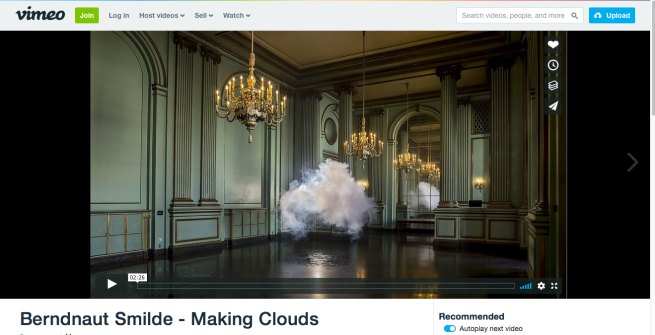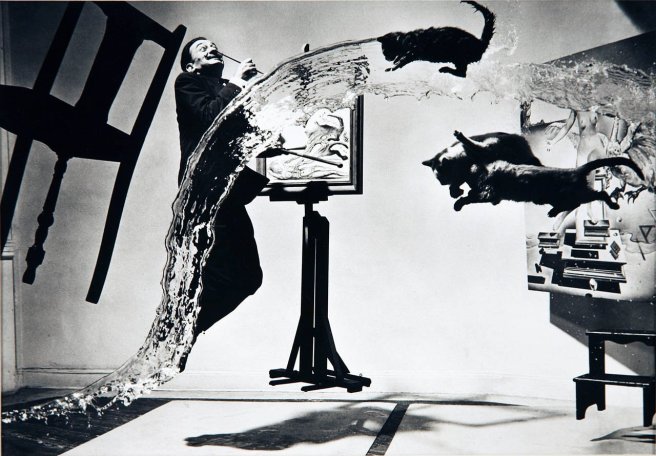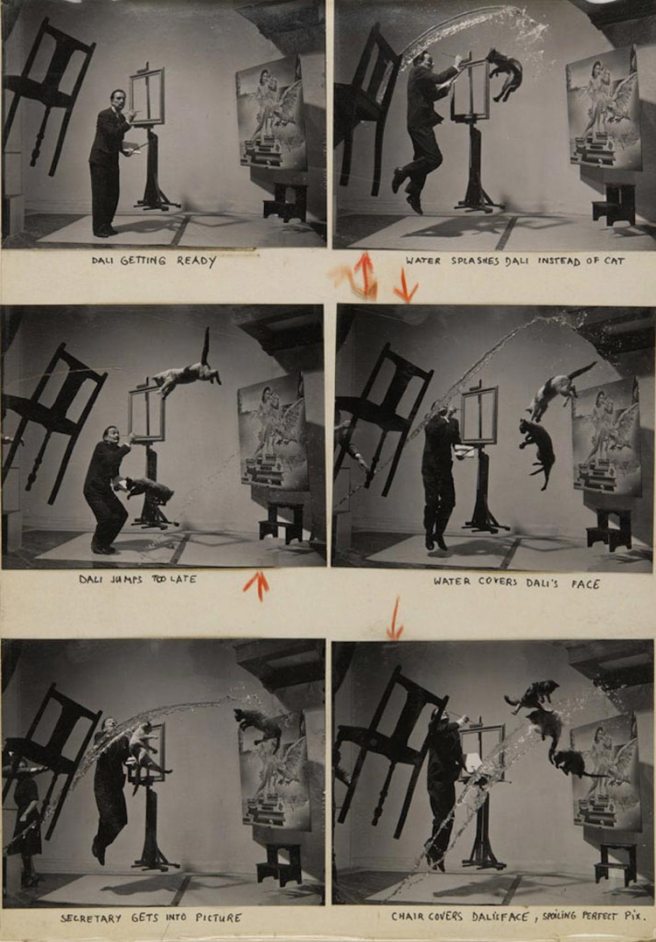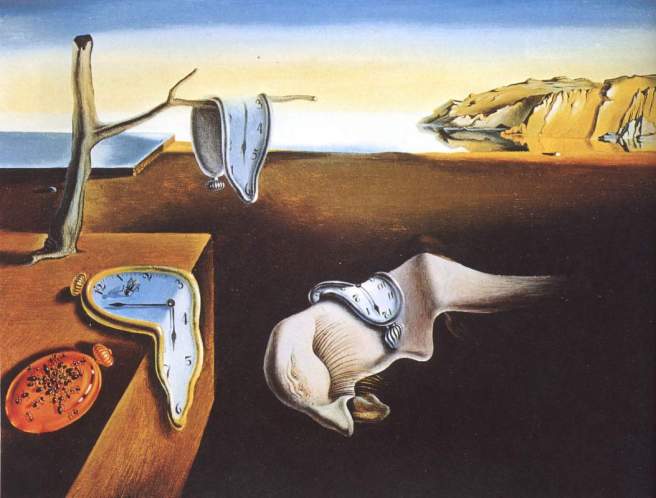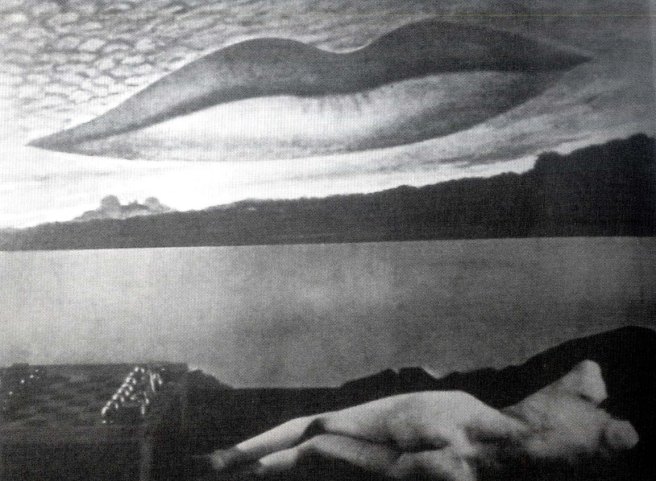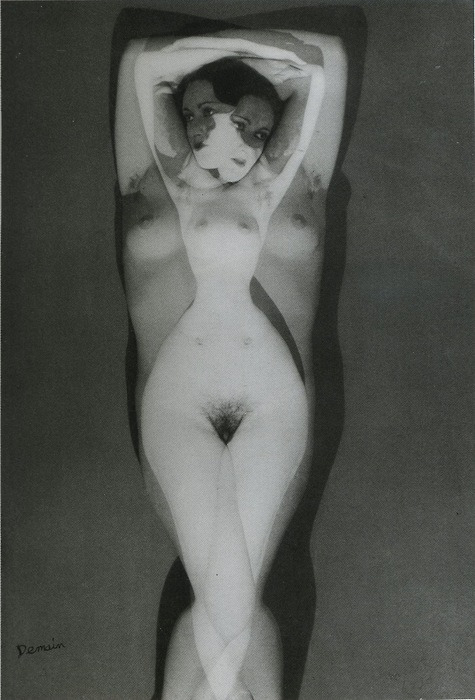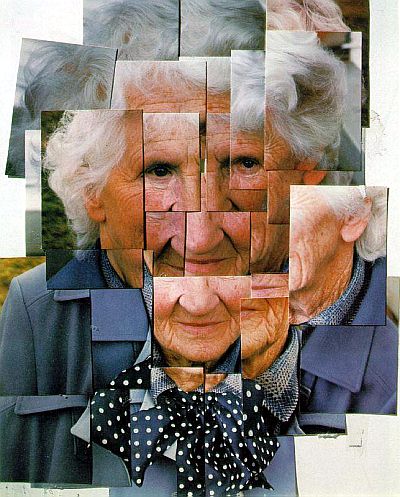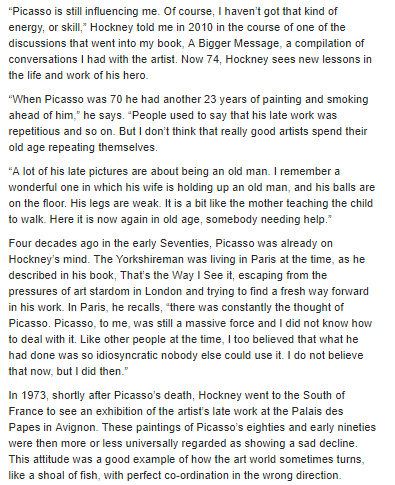Rene Magritte was a Belgian surrealist artist. He became well known for creating a number of witty and thought-provoking images. Often depicting ordinary objects in an unusual context, his work is known for challenging observers’ preconditioned perceptions of reality. His imagery has influenced pop, minimalist and conceptual art.
These two paintings really drew my eye because of how simple and minimalistic they are, yet they are very surreal. The meaning of the painting is cryptic, but one can extrapolate some meaning from the words of Magritte himself. He spoke specifically of that feeling of human curiosity, where one seeks to see the hidden things that exist behind the other objects that we see, but one is often frustrated in this pursuit. The painting appears to capture this frustration or “conflict,” as Magritte put it by allowing us only a slight glimpse of the man’s face behind the fruit.
The process of covering the subjects face is very powerful in the terms of creating a meaning of surrealism in a photograph. The main points I can take from this is that I can use props, model and surrealism in one photograph. I can also take the very minimalistic approach of this image and only use very few subjects.






